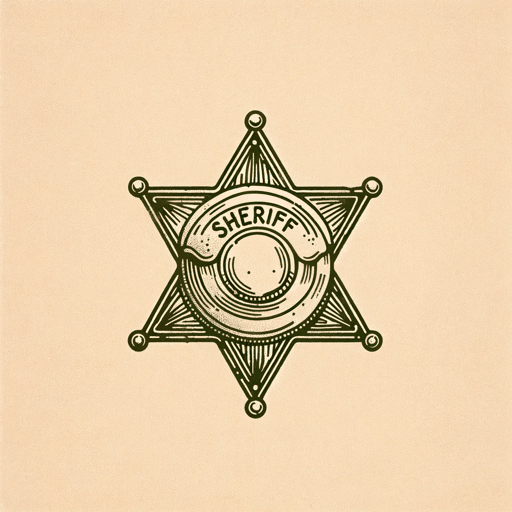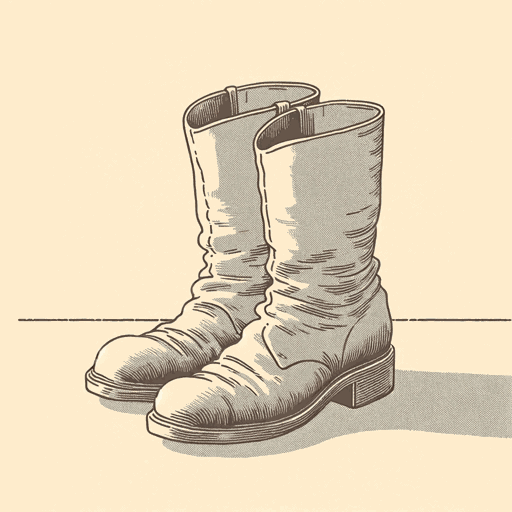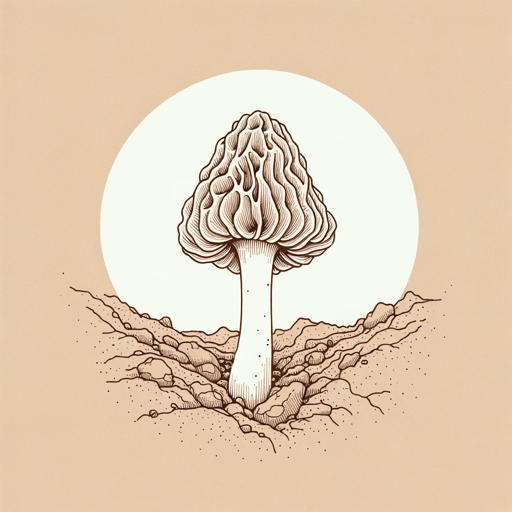43 pages • 1 hour read
Cormac McCarthyStella Maris
Fiction | Novel | Adult | Published in 2022A modern alternative to SparkNotes and CliffsNotes, SuperSummary offers high-quality Study Guides with detailed chapter summaries and analysis of major themes, characters, and more.
Important Quotes
“In this case it was led by a group of evil and aberrant and wholly malicious partial differential equations who had conspired to usurp their own reality from the questionable circuitry of its creator’s brain not unlike the rebellion which Milton describes and to fly their colors as an independent nation unaccountable to God or man alike.”
(Part 1, Chapter 1, Page 10)
When the Doctor questions her skepticism toward mathematics, Alicia responds with a whimsical tale of differential equations breaking free from the constraints of their ultimate creator, shaping their own reality. This satirical narrative mirrors Alicia’s nihilistic atheism, portraying her disillusionment with mathematics as a means of discovering meaning in the world. She perceives mathematics as indifferent to both divine and human significance, fostering a resistance to straightforward explanations that is a key factor in her mental decline.
“When you get to topos theory you are at the edge of another universe. You have found a place to stand where you can look back at the world from nowhere. It’s not just some gestalt. It’s fundamental.”
(Part 1, Chapter 1, Page 14)
Topos theory, the focal point of her doctoral research in mathematics, revolves around the examination of geometric shapes. In her explanation, Alicia characterizes topos as a revolutionary approach to scrutinizing the composition of reality. However, labeling it as “nowhere” implies that, as explored elsewhere in the book, topos introduces more questions than answers. This realization leaves her feeling unsettled and directionless, recognizing that only perception—not objective fact—serves as the true governing element of reality.
“The factual and the suspect are both subject to the same dimming with time. There is a fusion in the memory of events which is at loose ends where reality is concerned. You wake from a nightmare with a certain relief. But that doesn’t erase it. It’s always there. Even after it’s forgotten. The haunting sense that there is something you have not understood will remain long after.”
(Part 1, Chapter 1, Page 21)
Alicia is justifying the presence of her hallucinations to the doctor by contending that the factual and the questionable are inextricably intertwined within the human consciousness. Drawing upon the analogy of memory, she posits that a memory is not a pristine, singular occurrence but rather a confluence of disparate
Related Titles
By Cormac McCarthy

All The Pretty Horses
Cormac McCarthy

Blood Meridian
Cormac McCarthy

Child of God
Cormac McCarthy

Cities of the Plain
Cormac McCarthy

No Country for Old Men
Cormac McCarthy

Outer Dark
Cormac McCarthy

Suttree
Cormac McCarthy

The Crossing
Cormac McCarthy

The Orchard Keeper
Cormac McCarthy

The Passenger
Cormac McCarthy

The Road
Cormac McCarthy

